In an aside, that clever bit of the score recalled, for this reviewer, Erik Satie’s composition for the 1917 ballet, “Parade.” Choreographed by Léonide Massine for Diaghilev’s Ballets Russes, the dance was set to a soundtrack of typewriters and other assorted clangy things, and while Zenji’s accompaniment was not as, shall we say, rollicking, it was perfect for this homage to the written word.
But before Oguri made his inevitable exit, the book-brandishing dancer created a tableau whereby he was leaning back and dangling strings of books from his wrists, resembling, in effect, a kind of literary sculpture, recalling, perhaps, the work of Niki De Saint Phalle, an unforgettable image that teetered between the absurd and the profound.
So, with Oguri offstage, there was the matter of another pile of hardcovers (all books were donated by Friends of Venice Library), which soon became animated, giving new meaning to the phrase, “from the page to the stage.”
In other words: “Hello, Corchero!”
Emerging from under this garden of literature, revealing one bare foot, flexed, then the other, the Spaniard, clad in purple and green work-out pants, and a beige, long-sleeved shirt with piping (costumes by Keiden), was robotic in his initial moves, a quasi-quizzical look on his face.
With a plan in mind, though, the task-oriented Corchero then began methodically stacking the books in piles, as if he were a gatekeeper of knowledge. Before long, Oguri—now similarly clad, i.e., clothed—entered, the pair performing what could only be called, “Dances with Books.”
What followed were acts of sheer agility, endurance and a certain amount of hilarity: Balancing books on their necks—yes, necks!—the duo was not a pair of bookends, but a pair of bookheads.




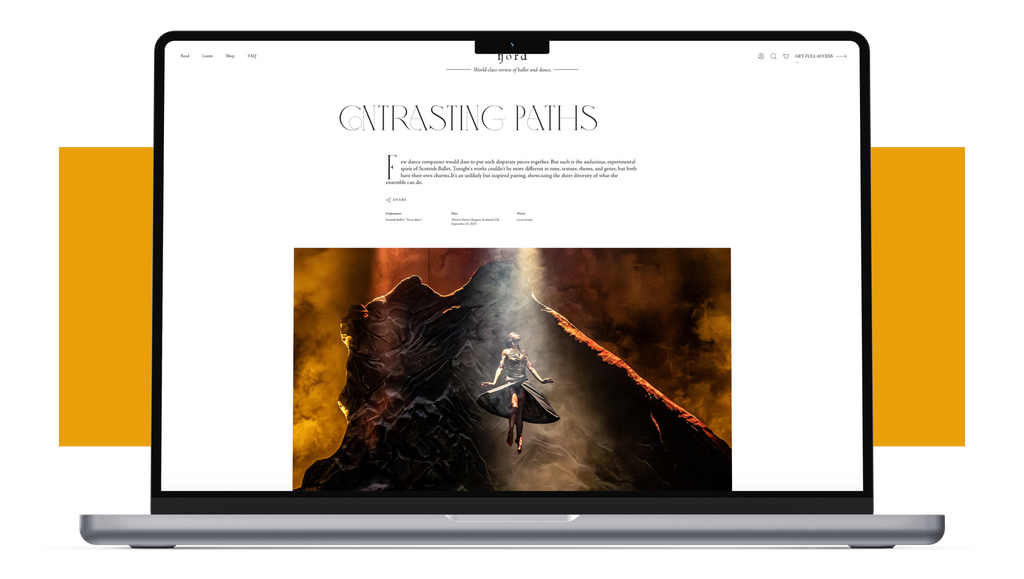


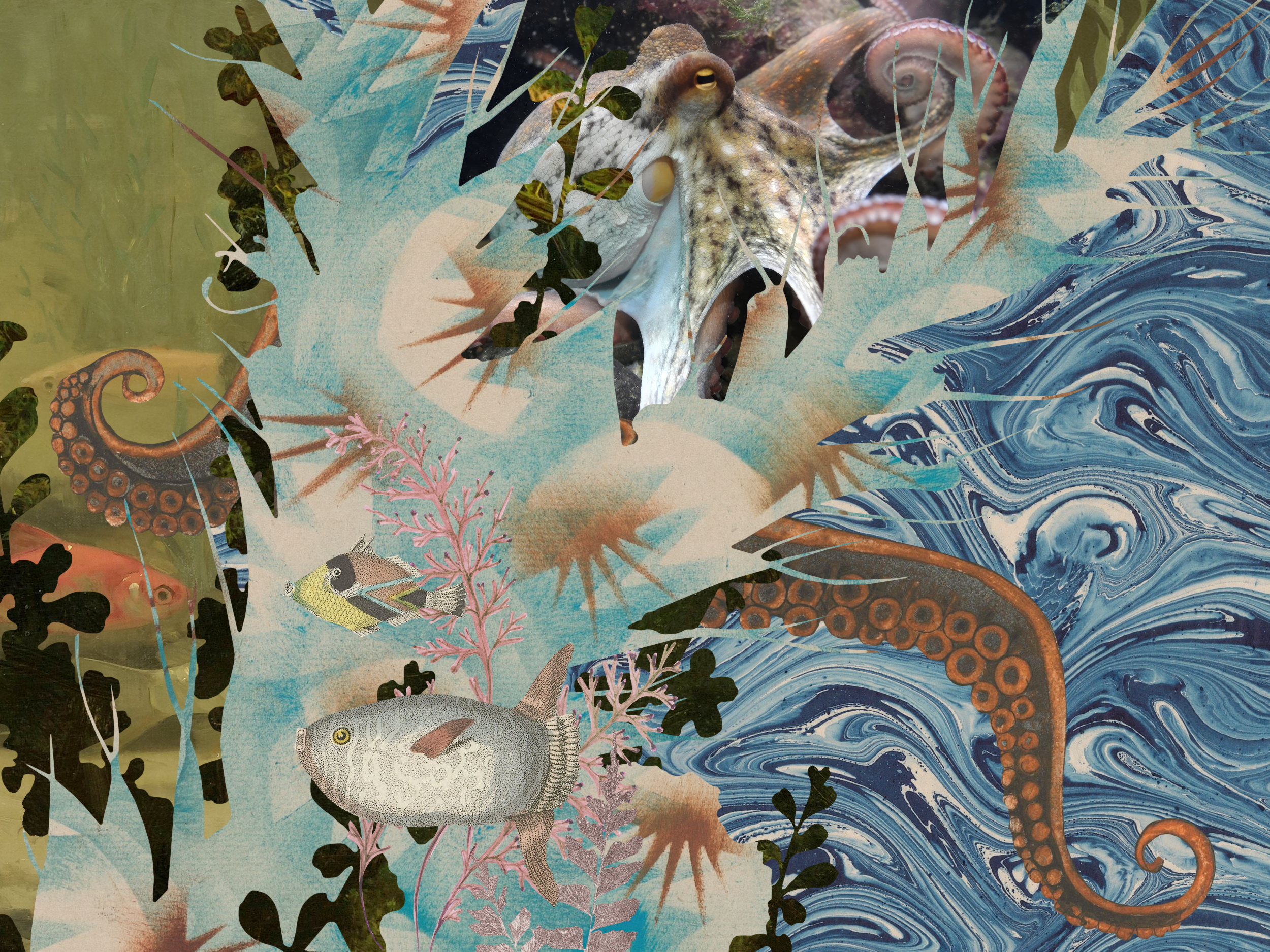
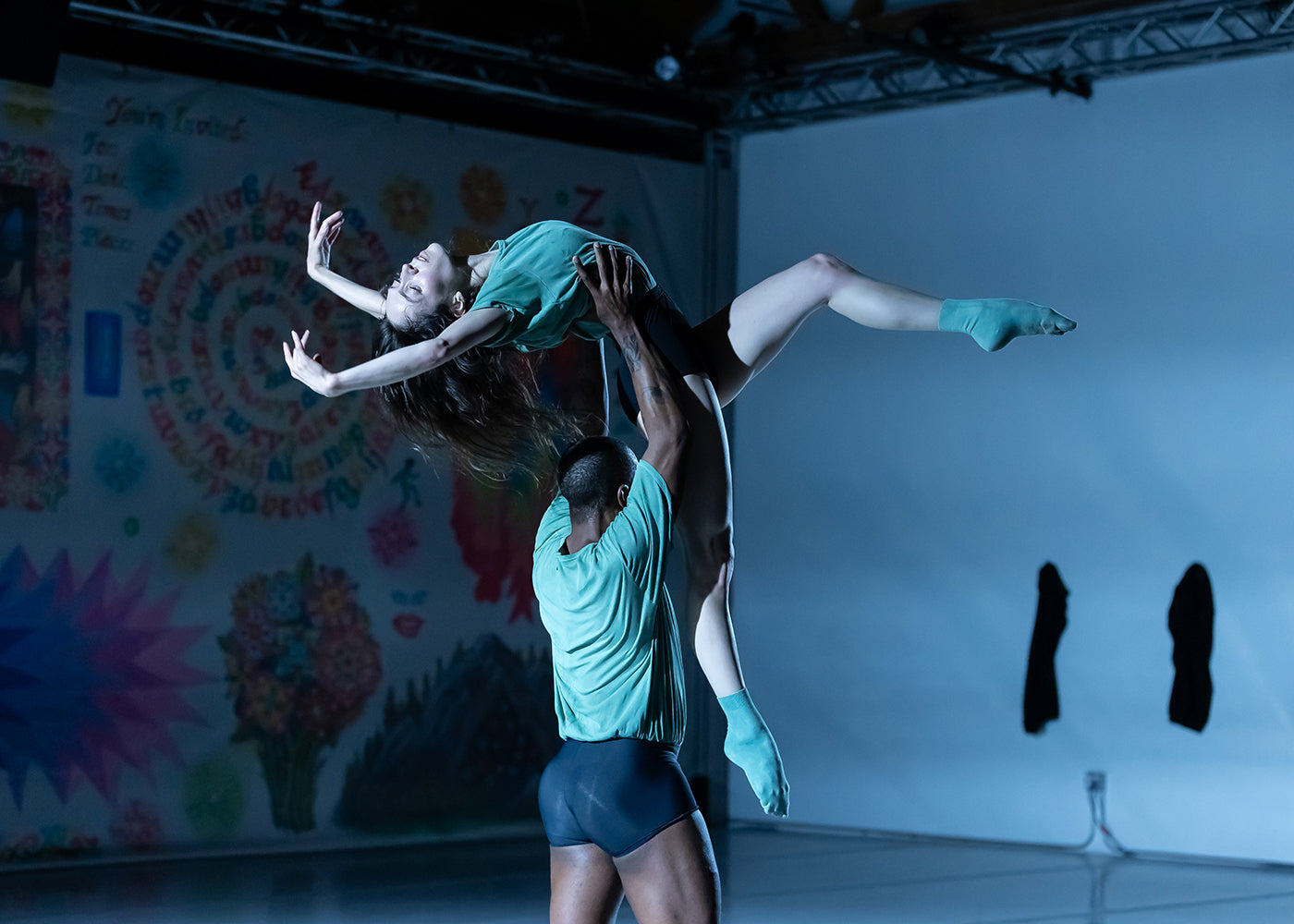
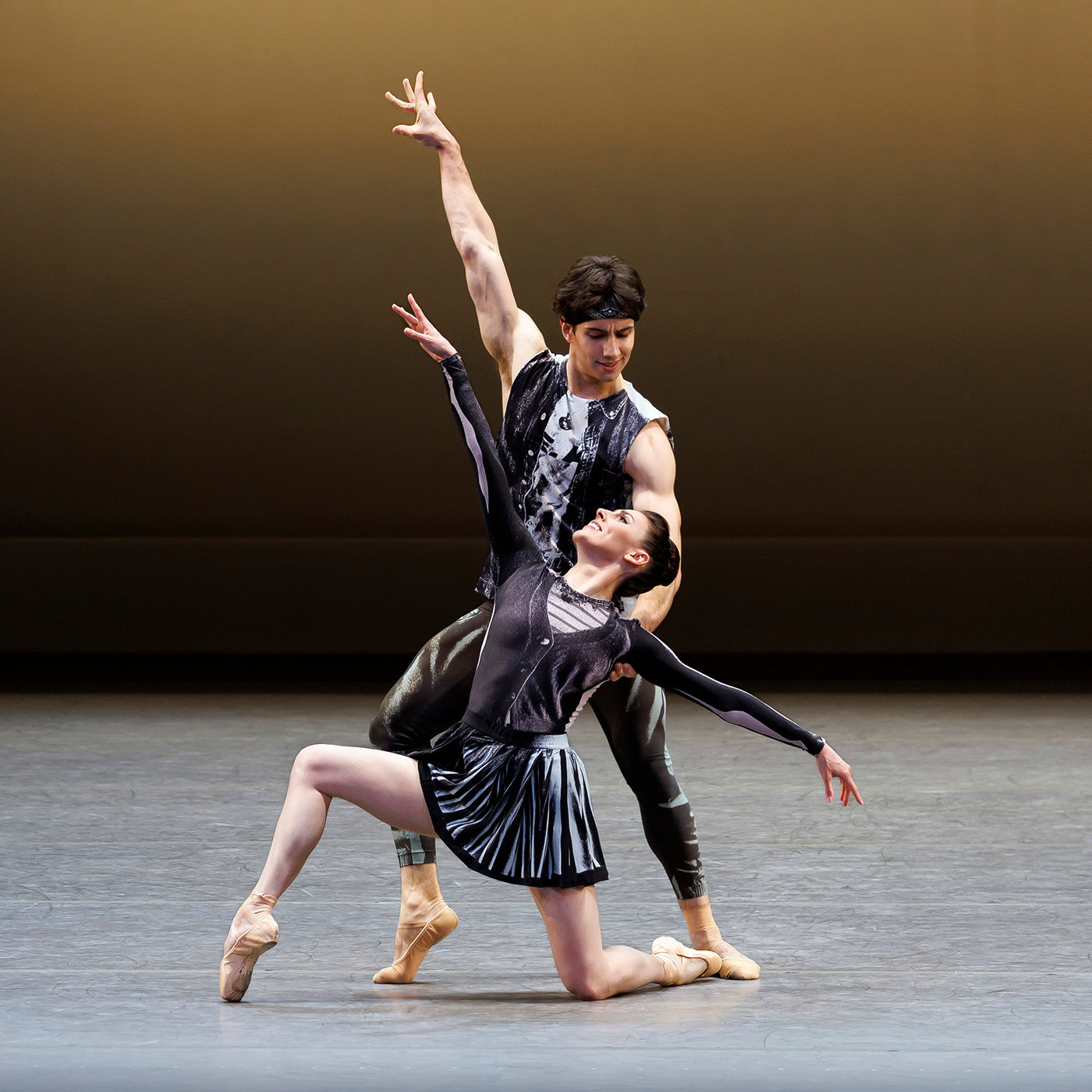
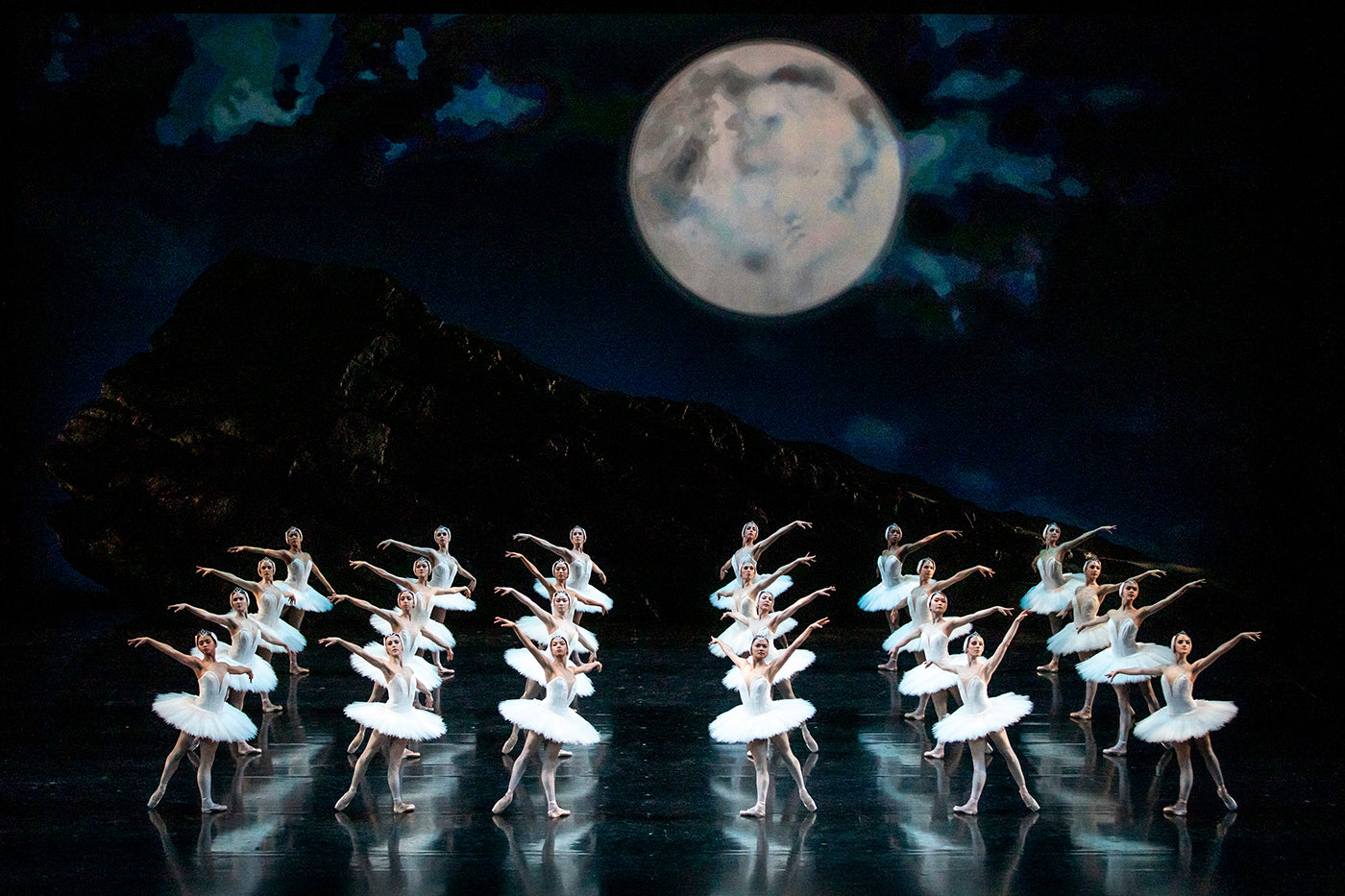
comments